Redefining my identity
“El Salvador!” the principal yells into the microphone. “All students that are Salvadorian, please come up to the front!” A wave of sadness engulfs my body as I hear one of my countries being called. It’s 9 a.m. on United Nations Day at my elementary school and I’m shivering in my hard plastic seat. Rows and rows of students sit before me, eager to run to the front of all the action. I, on the other hand, will remain in my seat for the next two hours, while my principal calls out every country she could find on Wikipedia. I stay glued to my chair clad in my American flag shirt. Every year since kindergarten, my mom would purchase a new American flag shirt from Old Navy just for this day. It was the only day I’d ever wear the shirt. Being mixed, I could have gone up to the front twice for both my countries, the Philippines and El Salvador. But I didn’t either time.
No one in my elementary school knew I was Salvadorian. I didn’t speak Spanish and I looked Filipino. I had no intention of telling anyone because I knew no one would believe me. When you’re mixed, people will only see you as one ethnicity. However, throughout my life I’ve attempted to fit in with both cultures, looking to peers and clubs in school.
I had a history of hating United Nations Day at my elementary school. I despised all my friends who were Filipino or Salvadorian and wore their traditional clothing. Pulling on my American flag shirt, I just wanted to rip it off and run out of the school.
Luckily, United Nations Day only lasted until fifth grade, so in middle school, I was spared the horrendous day where I watched from the outside looking in. Unfortunately, middle school wasn’t any better. As cliques began to form, I found myself at a crossroads of cultures. There were two dominant groups I could join: a group of girls who all were Latina, or a group of girls who were all Filipina. At my Filipino Educational K-8 school, this grouping by ethnicities was common and it left no place for mixed students like myself. In my middle school class, I was one of three mixed kids in my graduating class of 50. In the first months of middle school, I fluttered between the two groups, testing the waters to see where I fit in. But I realized I would never fit in with either group.
Still, I wanted to have people to talk to, so I would force myself to socialize with the two groups. One day, when hanging out with a group of girls who were Latina, they asked me a simple question. I sat next to the girls, quietly eating my sandwich as they all discussed who the cutest boy in our grade was, when the “leader” turned to me and asked, “Why do you hang out with us if you’re not Latina?” I was stuck. Fear glued me to the seat, as if I was at United Nations Day all over again. I answered in a small voice explaining, “I’m half, my dad’s side is from El Salvador, but my mom’s side is from the Philippines.” They all scoffed synchronously and muttered something in Spanish. “Did you understand what we just said?” one asked.
Silence. I didn’t reply. “Yeah, that’s what I thought,” the leader said.
I ran. I ran as fast as I could, searching for the nearest bathroom so I could call my mother to pick me up. I had never felt Filipino or Latino, but I was trying to learn from my peers. But after that experience, I stopped trying to fit in.
From then on, I said nothing about my ethnic background in middle school. Celebrations such as Hispanic Heritage Month and Filipino-American History month would occur, and I’d sit in the backseat watching others take pride in my culture. I resented my parents and grandparents for most of my childhood, angry at them for not teaching me anything about our culture. I never considered that I had shown no interest in learning about our cultures, never initiating the conversation. But I had felt so discouraged, I didn’t even try to apply myself. It was easier to blame my relatives for my problem.
Until high school. I had gone my entire life thinking I looked Filipino, but at Lowell, I wasn’t Filipino at all. At Lowell, classmates would immediately label me as Mexican, and automatically assumed I knew Spanish. When I corrected them about my ethnic background or told them about my enrollment in Spanish 1, they automatically labeled me a “fake Latina.” The first time this happened, I found myself in the nearest bathroom begging my mother to pick me up. It was just like middle school all over again. I felt invalidated. If I was a “fake Latina” and not Filipino, what was I? Where did I belong?
Strolling in the halls in late October 2019, I stumbled across a flier for “La Raza.” The club, aimed at bringing students of Latino and Hispanic descent together, had begun their meetings. I didn’t know anyone in the club, but I thought about being labeled as a “fake Latina” and it pushed me to join. I had to prove to not only myself but others that I wasn’t a “fake.” I had to learn as much as I could during the one hour a week I was given. I showed up at meetings, interacted with members, and met new people. I felt like I belonged. I enjoyed going to every meeting, happily saying hello to everyone, and learning more about not only El Salvadorian culture, but other Latin American cultures as well.
But no matter how much I learned, I wasn’t just Salvadorian, and guilt crept up on me as I left my Filipino heritage unexplored. How could I devote all my time to one group and forget about the other? I had learned so much about El Salvadorian culture through La Raza, so why not try learning about Philippine culture? By sophomore year, I knew what I had to do. I remembered a club my friends were all in, Fil-Am. Fil-Am was Lowell’s Filipino American culture club, where they would play activities that incorporated both American and Philippine culture. Joining through Zoom meetings was quite challenging, but I had my cup of tea in one hand and my pajamas on, excited for the two-hour club meetings. Immediately upon joining, I had learned more about Philippine culture in one meeting than in my whole life. By learning more about Philippine culture, I felt connected in the same way that I felt connected to Salvadorian culture. Fil-Am brought me the same welcoming feeling into the culture that I had experienced a year prior through La Raza. It was the last piece of the puzzle that was my mixed identity. It felt complete, as I found the perfect balance between the two groups.
I’m not done learning about my cultures. Joining both clubs was just one step in the right direction. Through my experiences I’ve learned I can’t let others define my background. Despite the labeling I’ve received and may receive in the future, I know now not to let it affect my view of myself. I have to be in charge of my culture, educating myself and handing it down to my future children. Being mixed doesn’t mean I’m not one more than the other. I belong in both groups, even if others may not acknowledge it. Now, I can do what my younger self couldn’t do, run up on stage, and show others I’m proud to be mixed.
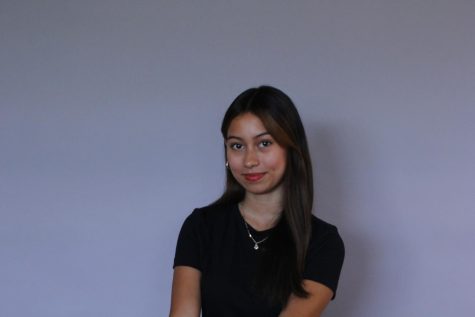
When Aaliyah isn't working in the journ room, she's usually running around the school, balancing the other six clubs she's involved in. Outside of school she constantly keeps herself busy, overindulging in teen dramas from the early 2000's. She's most like Summer Roberts from The O.C., but thinks she's a Rory Gilmore.
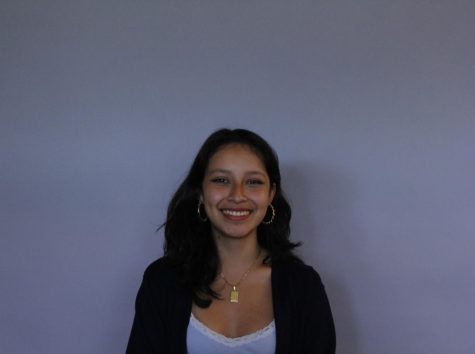
You can usually find Dary blasting music in her airpods and speed walking around in outfits she spent too much time thinking about, or that embodies the Adam Sandler within her. She loves to chat, so feel free to say hi or ask for help!



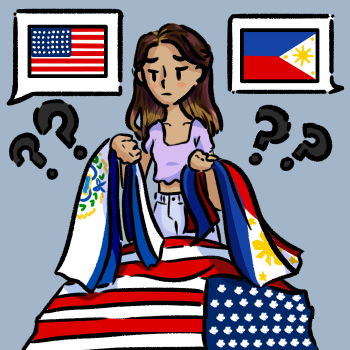
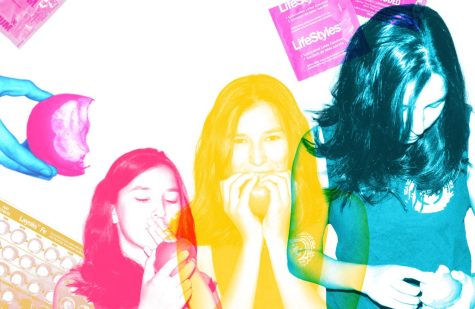
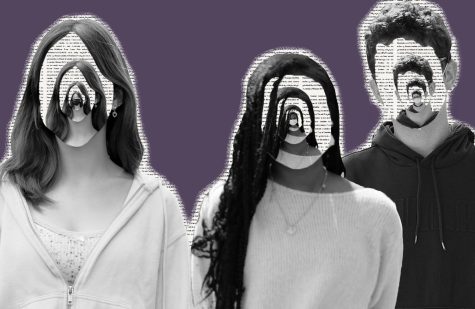

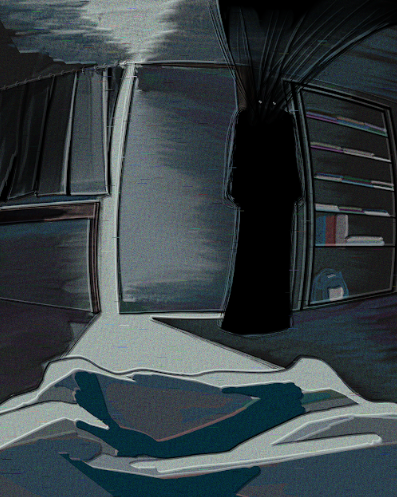
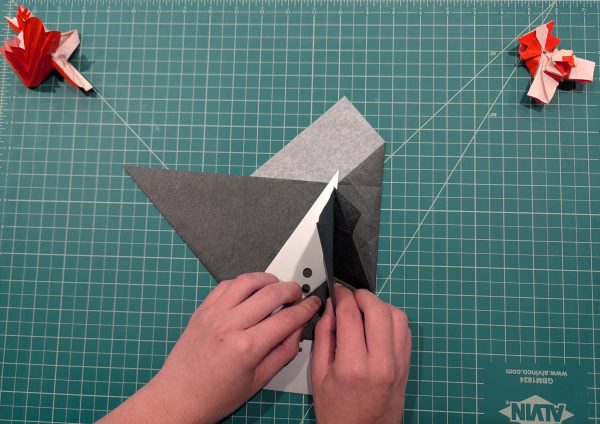
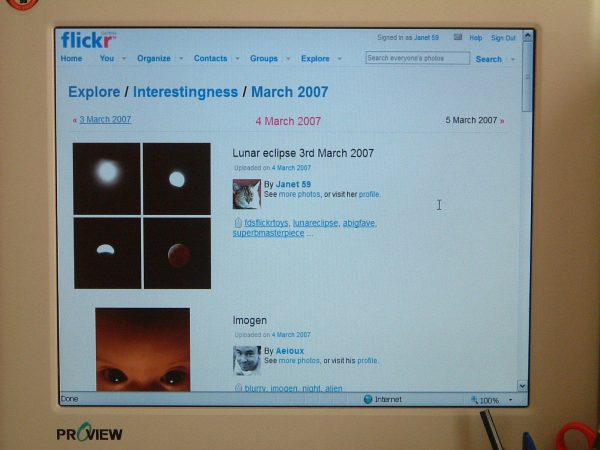
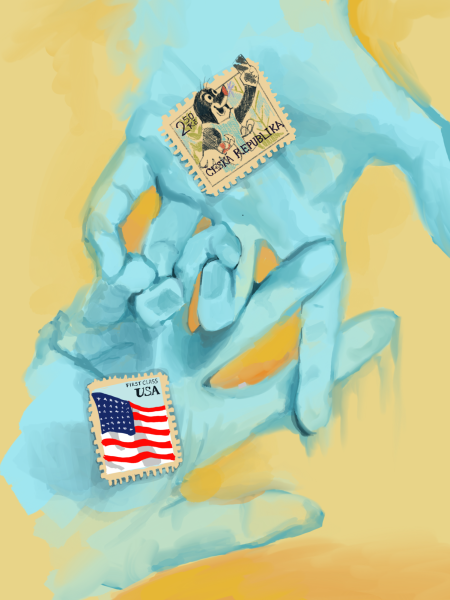
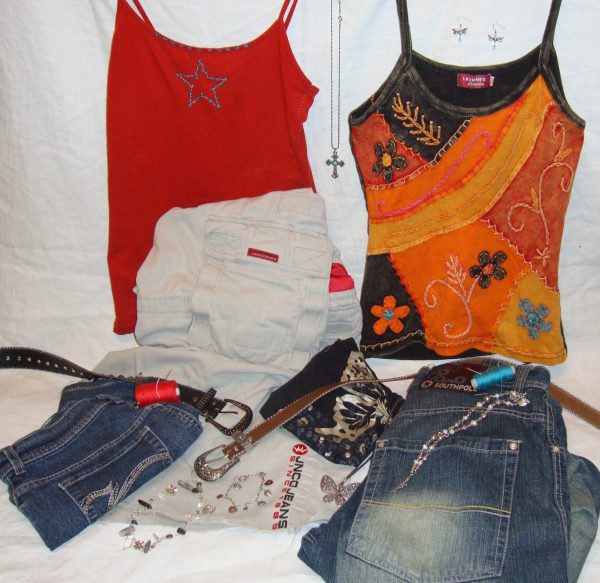
Favio • Jan 28, 2022 at 6:43 pm
SLAYYYYYYYY